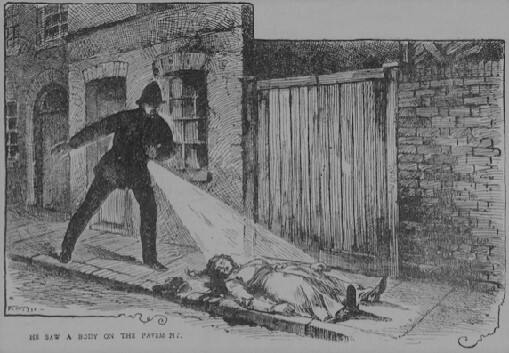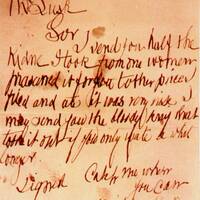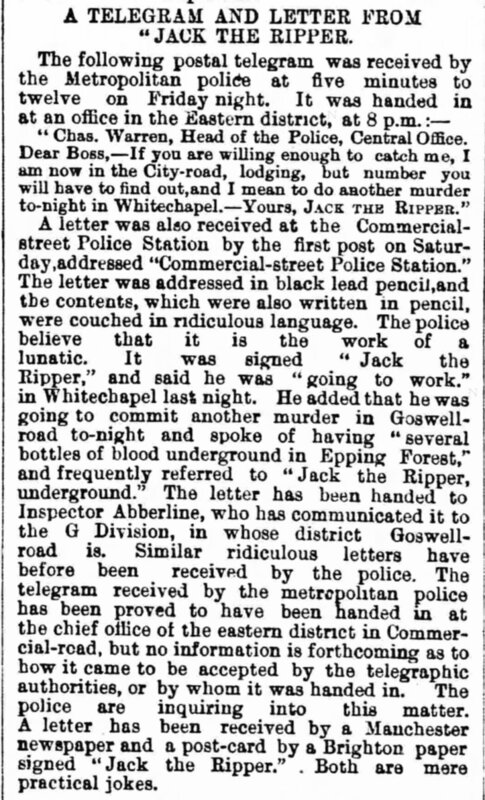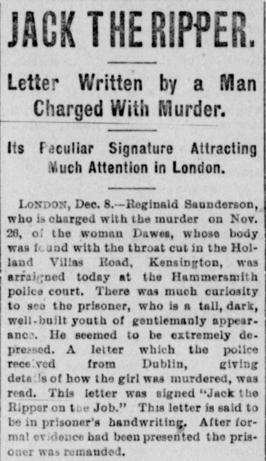Below are several clippings and artifacts from various newspapers during and around 1888. The Ripper’s killings were covered tirelessly by penny papers: cheap newspapers sold all around London. Much of the content within these papers is not based on fact, and were written solely to capture attention and to sell more. They even published the various letters and telegrams that were allegedly sent by the Ripper (even though most were fake).
Pay close attention to the fear mongering in the language used, as well as the dehumanization of the victims; prostitution and sex work was deeply frowned upon in the rest of London. In fact, it was so demonized that the Ripper was often seen as a twisted anti-hero, ‘cleaning up’ the streets of Whitechapel. The violent nature of the murders, combined with the identity of the victims, turned the killings into a spectacle for the wealthy to look upon from a distance, but not become involved in.




